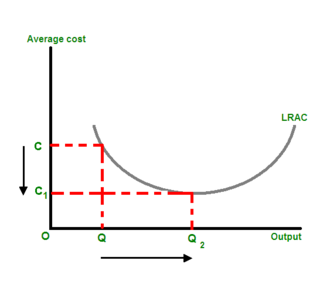Today I was going through The Economist's special report on manufacturing and innovation (published in April 21st 2012) and I decided to start a set of posts to explore some interesting insights about what The Economist called a third industrial revolution. (Please note the "a" instead of "the", we will see if there will be a change about it in the next few years)
Additive
Manufacturing is the process of producing parts by
successive melting of layers of material rather than removing material, as is
the case with conventional machining. Hence, choosing an AM technology for
production provides great benefits for the entire production value chain. The
geometrical freedom allows you to engineer/design your part as you envision it,
without manufacturing constraints. This can be translated to extreme
light-weight designs, reduced part counts or improved bone ingrowth for a
medical implant. It is also a fast production route from CAD to physical part
with a very high material utilization and without the need to keep expensive
castings or forgings on stock.
What could it mean?
Try today to go to a factory and ask to
make you a single hammer to your own design. The producer would have to design
and produce a mould, cast the head, machine it to a suitable finish, turn a
wooden handle and then assemble the parts. You will be presented with a bill
for thousands of dollars!
Thus, it would be efficient only if you produce
a certain amount of items, as the well-known concept of economy of scale says.
What is a technology breakthrough? It is
any significant or sudden advance, development, achievement, or increase, as in
scientific knowledge or diplomacy, that removes a barrier to progress (i.e. the
jet engine was a major breakthrough in air transport or internet was a major
breakthrough for communication). When this happens usually a market structure changes
as production changes.
Thanks to 3D printers and other additive
manufacturing tools, economies of scale
matter much less. In fact, its software can be endlessly tweaked and it can
make just about anything. The cost of setting up the machine is the same
whether it makes one think or as many things as can fit inside the machine. As
a normal printer, it will keep going at about the same cost for each item
(Obviously you would take into account the fixed cost and amortization of the
machinery – so economies of scale still matters but much less).

Nessun commento:
Posta un commento